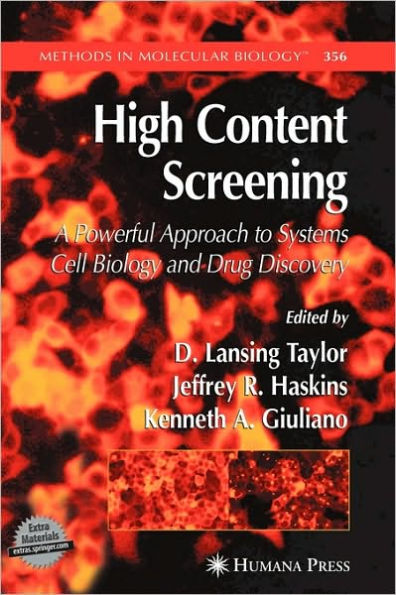5
1
9781588297310


High Content Screening / Edition 1 available in Hardcover

High Content Screening / Edition 1
- ISBN-10:
- 1588297314
- ISBN-13:
- 9781588297310
- Pub. Date:
- 08/15/2006
- Publisher:
- Springer-Verlag New York, LLC
- ISBN-10:
- 1588297314
- ISBN-13:
- 9781588297310
- Pub. Date:
- 08/15/2006
- Publisher:
- Springer-Verlag New York, LLC
169.99
In Stock

Product Details
| ISBN-13: | 9781588297310 |
|---|---|
| Publisher: | Springer-Verlag New York, LLC |
| Publication date: | 08/15/2006 |
| Series: | Methods in Molecular Biology , #356 |
| Edition description: | 2006 |
| Pages: | 464 |
| Product dimensions: | 7.01(w) x 10.00(h) x 0.04(d) |
From the B&N Reads Blog
